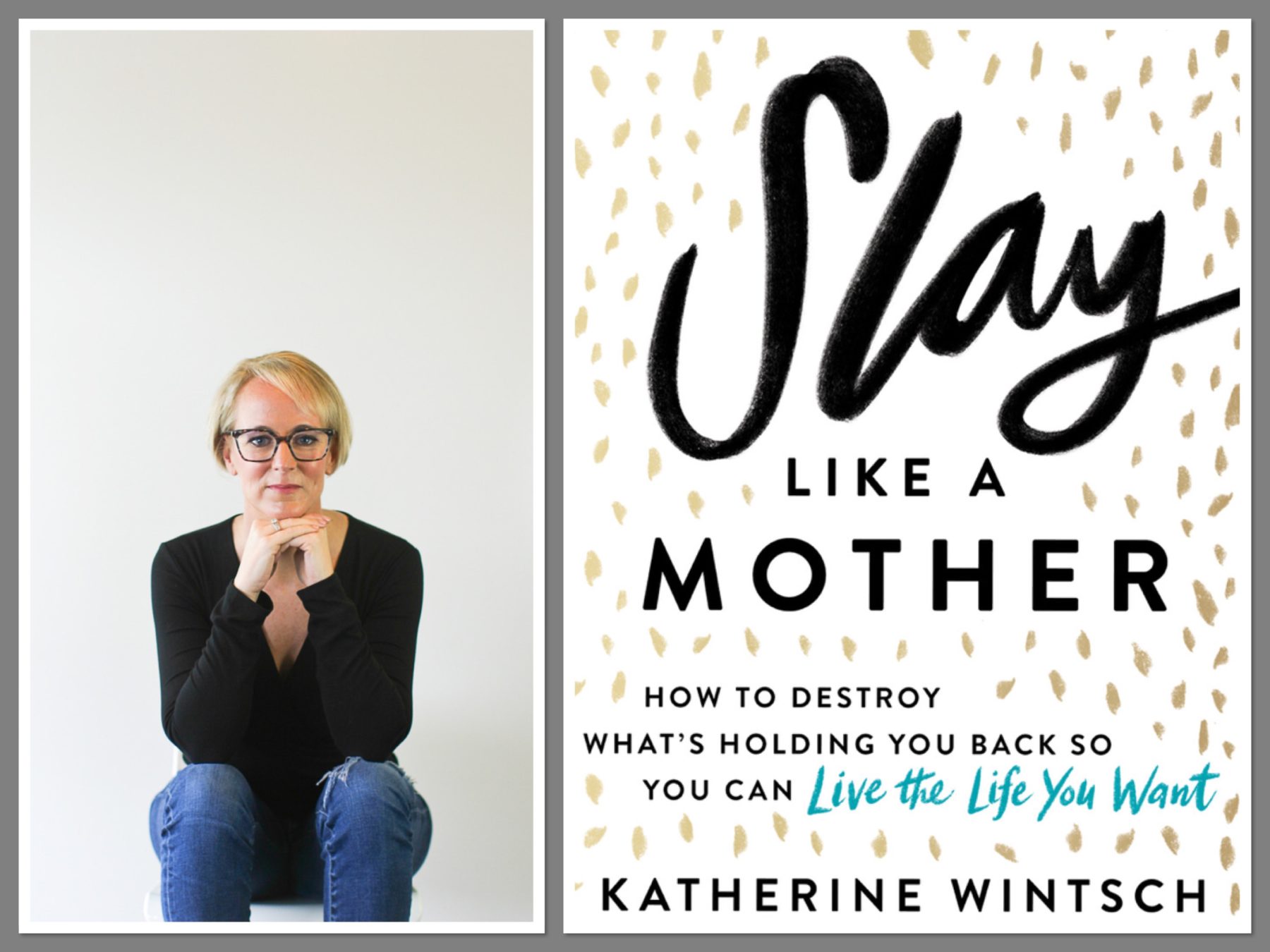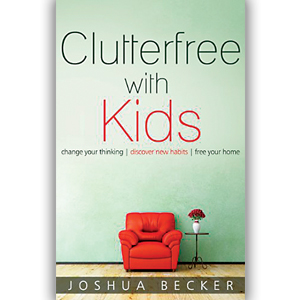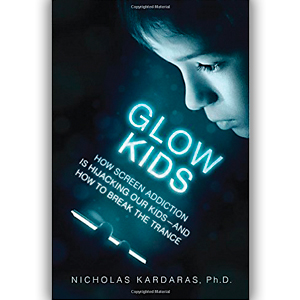Born to Buy – The Explosion of Youth Spending
I recently purchased closet organizers in an attempt to address the stuffed animal issues in my daughters’ rooms. We gathered all the creatures we could find and piled on the floor. At which point, my oldest exclaimed, “We don’t need any more stuffed animals. That’s for sure.” While I was pleased Annabelle agreed with me, I figure the excess must have gotten pretty bad for a seven-year-old to acknowledge it.
“A recent poll by the Center for a New American Dream reveals that children are well aware, and even critical, of (advertisers) efforts,” reports Schor. “Among those aged nine to fourteen, 63 percent expressed concern that there is too much advertising that tries to get kids to buy things, 74 percent say ‘it’s too bad you have to buy certain things to be cool,’ and 81 percent believe that ‘lots of kids place way too much important on buying things.’” Still, as Born to Buy points out, “Companies are advertising because kids are buying. Every half-second, somewhere in the world another Barbie is sold.” Frightening, I know.
As I read this, I found myself asking, ‘How can this be?’ According to Schor, a big factor is parental time pressure; something like longer working hours has really driven this trend. “Guilt money,” as they call it, is one of the factors that accounts for the rise in children’s purchasing power. “Children aged four to twelve made $6.1 billion in purchases in 1989…and $30.0 billion in 2002, an increase of 400 percent.” Schor explains, the way time pressure operates parents have less time to cajole kids to eat products they don’t like or to return rejected purchases to stores. “This is part of why 89 percent of parents of tweens report that they ask their children’s opinions about products they are about to buy for them.”
While Born to Buy does an excellent job of explaining how kids are playing less and shopping more, a lot of Schor’s information was a review for me, as it was very similar to what Richard Louv shared in his book, Last Child in the Woods, which I blogged about in April, as well as the research I used on age compression for my RFM article on Kids and Media Culture, which you can read in December’s issue, now available online. Still, the chapter From Tony the Tiger to Slime Time Live made some disturbing points about the content of commercial messages.
Everyone knows cool is associated with being older but Schor enlightens parents as to how marketers and advertisers take common desire and play into it, putting a few older kids in ads that are targeted to younger kids. The fact that cool is also associated with an anti-adult sensibility – “kids with attitude, outwitting their teachers and tricking their parents” – is what gets so many of our youngsters into trouble. Donna Sabino, director for research and development at Nickelodeon’s Magazine Group, explained the thinking to Schor: “It’s hard to be a kid in an adult world. The adult world doesn’t respect kids. Everywhere else adults rule; at Nick kids rule.” While this us-versus-them mentality helps sales, it hinders relationships.
According to Schor, another strategy for reaching kids is trans-toying, turning an everyday item, like a toothbrush, into a toy. All you need to do is walk down the aisles of your grocery store to see the ingenious ways companies are transforming almost every product into a toy. It’d be one thing if the kids understood what was going on. While neither the government nor private foundations have been funding much research in this area, Schor has presented limited studies, as recent as 1992, which show only 32 percent of four to six year olds know that the purpose of an ad is to sell a product. While by the age of eight, kids can recognize that ads don’t always tell the truth, this knowledge doesn’t interfere with its persuasive powers.
“Nancy Shalek, president of the Shalek Agency, displayed a disarming level of candor when she argued that ‘advertising at its best is making people feel that without their product, you’re a loser. Kids are very sensitive to that. If you tell them to buy something, they are resistant. But if you tell them that they’ll be a dork if they don’t, you’ve got their attention. You open up emotional vulnerabilities and it’s very easy to do with kids because they’re the most emotionally vulnerable.”
Here’s the thing. I know I’m not a perfect parent. There are countless moments when I don’t realize I’m being hypocritical or closed-minded or insensitive. Even with all the parenting books I read, my daughters will undoubtedly end up having plenty of injustices to share. So I can’t help but feel like to consciously compound my child’s insecurities by buying into this consumer culture that preys on their emotional vulnerabilities is wrong. As American Marketers have proven time and time again, money has power, but reading Born to Buy confirms that I’d like my daughters to learn that choosing not to spend money can send the most powerful message of all.






